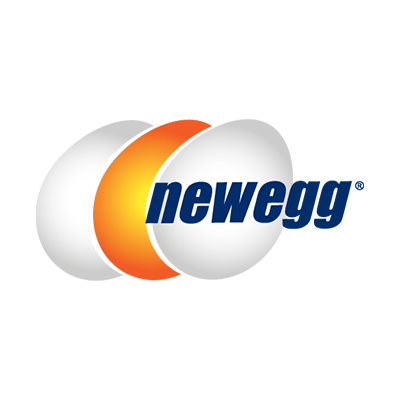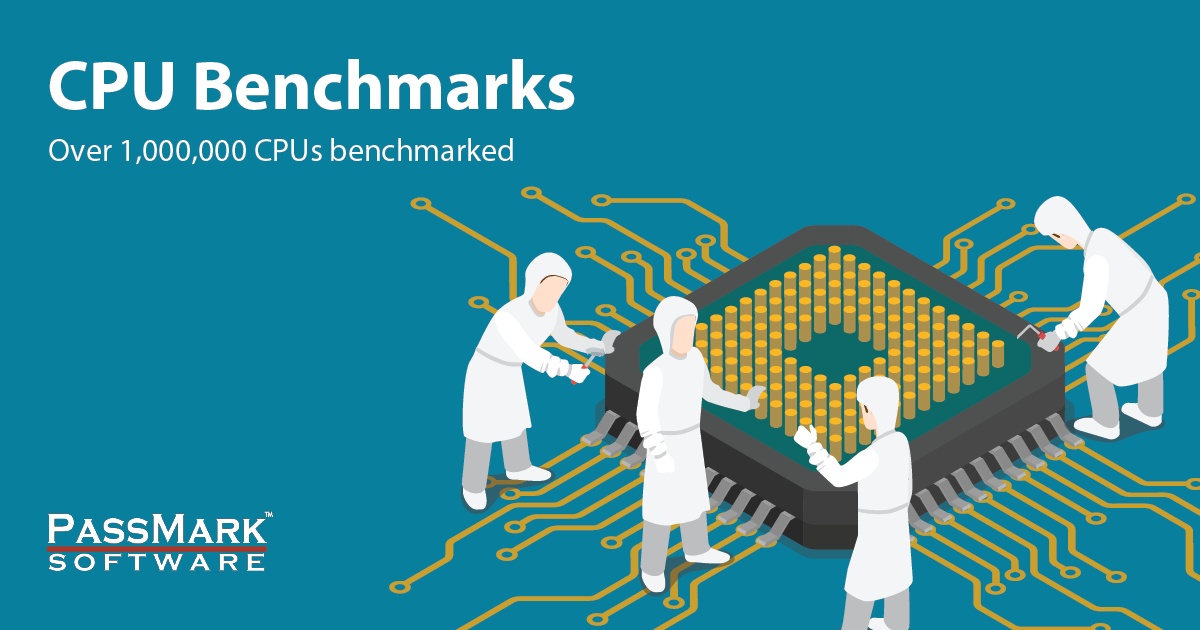1) According to the User Docs Minimum System Requirements has a line "DirectX 10 compatible graphics card".
Since I have it open I will use NewEgg.com,
As an example in the left column is a section for DirectX and them select DirectX10. Is that what I am looking for? Would 10.1 also work?
2) Does NT8 have a limitation on the max amount of Memory it can use? Does Windows 10 have a limit? So in other words if there is a 16GB limitation of Memory usage then there is no need to install 32 GB's
3) Does NT have a limit on Cores it uses? What about Threads? As an example the AMD Ryzen 3900X has 8 Cores and 16 Threads. Will NT8 take advantage of them all? If not what is the max Cores NT8 utilizes? No need to buy Cores that will not be used.
4) There may not be answer for this but is there a noticeable difference in speed when using a DDR4 with a CAS Latency of 14 as opposed to a 16?
Before I drop a bunch of money on a one purpose machine I would like to know what I am looking for.
Thanks.



Comment